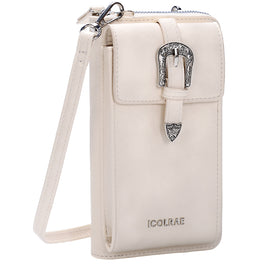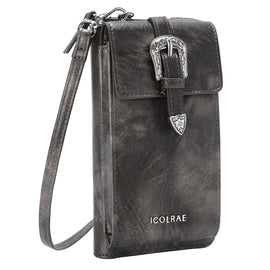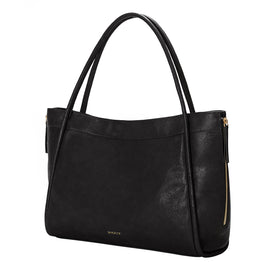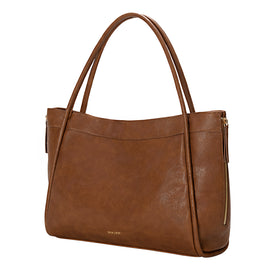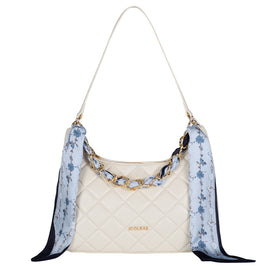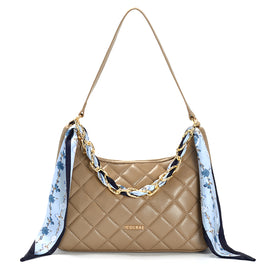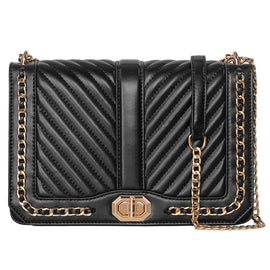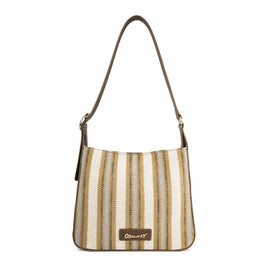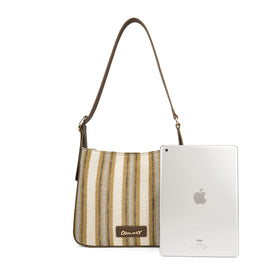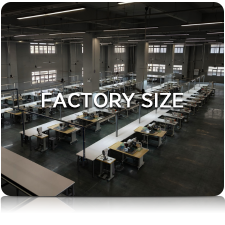How to Transform Bag Ideas into Market-Friendly Products
Turning a creative idea into a tangible, market-ready product can be both exciting and challenging—especially in the competitive world of custom bags. Whether you're an emerging designer or a brand seeking to expand your line, the journey from concept to customer requires a well-structured process, thoughtful design, and the right manufacturing partner.
In this guide, we’ll walk you through the key steps to transform your bag ideas into products that are ready to impress consumers and succeed in the marketplace.
1. Define Your Brand and Target Market
Before diving into design, it’s essential to understand your brand’s identity and who your target customers are. Are you creating luxury leather handbags for professional women? Eco-friendly totes for sustainable shoppers? Or functional backpacks for urban commuters?
Clarifying your target market helps shape your design, material selection, pricing strategy, and marketing efforts from the start.
2. Sketch and Conceptualize Your Product
Once your brand positioning is clear, start developing your product concept. This may begin with rough sketches or mood boards that illustrate the style, functionality, and features of your bag. Consider:
-
Size and shape
-
Pockets and compartments
-
Straps and hardware
-
Aesthetic details (color, texture, trims)
At this stage, your goal is to translate your vision into a clear visual direction that can be refined and evaluated before prototyping.
3. Choose the Right Materials
Selecting the right materials plays a huge role in how your product looks, feels, and performs. Consider materials that align with your brand values, pricing, and functionality. For instance:
-
PU leather offers durability and style at a competitive cost
-
Canvas is ideal for casual, rugged designs
-
Recycled fabrics appeal to eco-conscious consumers
Your material choice should also take production scalability and sourcing consistency into account.
4. Develop Technical Specifications
To turn a sketch into a real product, you need detailed specifications that guide the production process. These include:
-
Technical drawings (often referred to as tech packs)
-
Dimensions and tolerances
-
Stitching details
-
Hardware placement
-
Labeling and branding instructions
A clear tech pack minimizes production errors and ensures consistency across samples and final production runs.
5. Create a Prototype or Sample
Once your specifications are ready, the next step is to create a physical sample. This prototype will help you evaluate the design’s functionality, construction, and overall appearance. During this phase, it's common to make revisions such as adjusting the strap length, changing zipper placements, or improving internal structure.
Don’t rush this step. Taking the time to perfect your sample leads to better results during mass production.
6. Test and Collect Feedback
Before committing to full-scale production, test your sample with a small group of trusted users or potential buyers. Gather feedback on comfort, design appeal, usability, and durability. This insight is invaluable for identifying areas that need improvement.
Real-world feedback helps ensure your product meets both aesthetic expectations and functional requirements.
7. Find a Reliable Manufacturing Partner
Once your design is finalized, finding the right bag manufacturer is crucial. Your ideal partner should offer:
-
OEM/ODM capabilities
-
Skilled craftsmanship
-
Experience with your chosen materials
-
Clear communication and production transparency
-
Low minimum order quantities if you're a startup
HerminFashion, a trusted Chinese bag manufacturer, excels in helping brands bring their concepts to life with precision and efficiency. Specializing in PU leather and women’s handbags, HerminFashion supports clients from early-stage sampling to large-scale production—ensuring both creativity and quality go hand in hand.
8. Prepare for Production and Launch
With your sample approved and manufacturer chosen, you're ready to begin mass production. Work closely with your partner to manage timelines, quality control, and packaging. At the same time, prepare your go-to-market strategy:
-
Build marketing assets (product photos, videos, descriptions)
-
Set up your sales channels (eCommerce, retail, wholesale)
-
Plan your launch campaign (social media, influencers, PR)
Aligning production and marketing timelines helps you deliver your product to customers efficiently and professionally.
Conclusion
Turning a bag idea into a market-ready product is a journey that blends creativity with strategic execution. From defining your target audience to refining samples and partnering with the right manufacturer, every step contributes to building a successful product.
If you’re ready to bring your bag designs to life, consider partnering with HerminFashion—an experienced custom bag manufacturer that values craftsmanship, innovation, and client collaboration.

